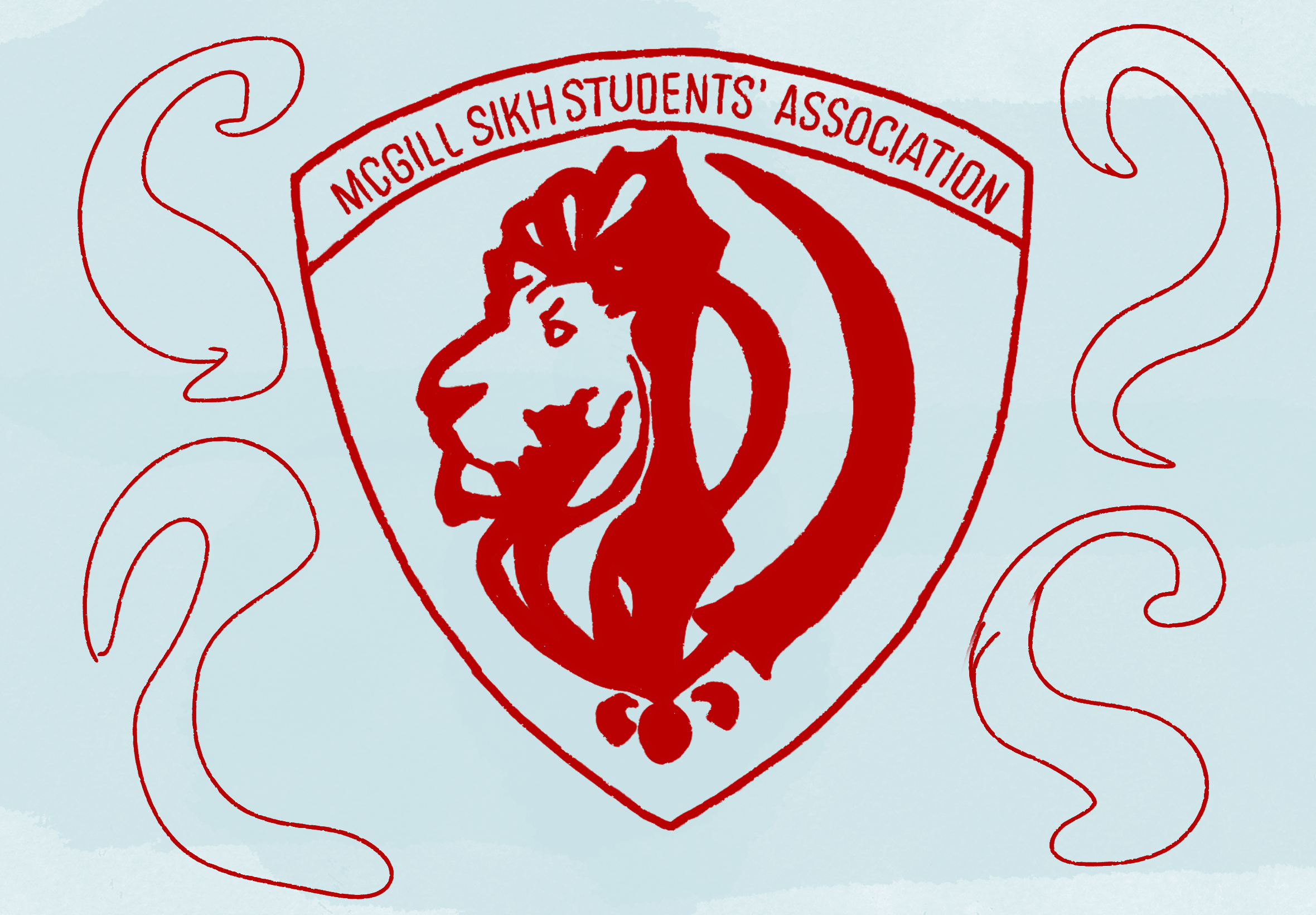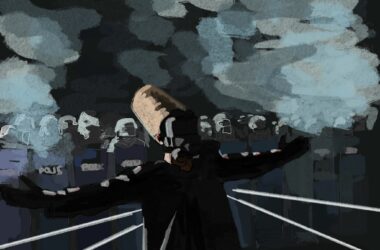During the national soul-search last week surrounding the dire question of “beaver or polar bear,” I felt left out. National symbols embody the spirit of a distinct people, and despite three glorious years now spent in Canada, I am still indubitably and irrevocably American. Thus, forgoing the right to soliloquize about Canada’s furry friends, I turn my eyes to McGill, and assume the task of dissecting our own proud animal symbol, the martlet.
The heraldic martlet is actually semi-mythical in that it is usually graphically represented without legs or claws; it is a bird that is never grounded, and always seeking the skies in a never-ending pursuit of knowledge and adventure. In reality, ‘martlet’ refers to the diminutive form of the martin, which is similar to a swallow. This passerine bird is common on all continents and is remarkable for its adaptability to urban environments, and memorable for the occasional pop culture soiree (“African Swallows are non-migratory”). The martlet, therefore, is a graceful blend of inquisitiveness, cunning, myth, and reality.
Its place among the annals of McGill symbolism dates back to James McGill himself. James had long employed martlets on his crest, and when he lent his namesake to the university, so too did the three stubby birds grace its new coat of arms. The difference between the crest and the coat of arms is that the crest is an armorial image given to and used by an individual, and the coat of arms an armorial image granted to an institution.
The martlet is now prominent in the visual center of the McGill’s insignia, a passing glance makes the chirpers seem like the bold heart of an almost 200-year-old university. Long after coats of arms left mainstream symbolism, universities continue with tradition and historicism to keep old images like the martlet alive.
But where do these majestic flutterers show themselves in our daily campus life? When was the last time you took pride in the three bold birds which will ultimately grace the top of your diploma? The answer is not so simple, and I’d be remiss to give anyone the idea that our only campus symbol is specious or fake, a bird and no more.
The martlet is not a mascot per se. It is a symbol. It exists because of intellectualism and tradition rather than the chants of a raucous crowd at a hockey game. Unfortunately, mascots are often mistaken for symbols because they are plastered on T.V. screens after NCAA games in the United States. Next to Yale’s Bulldogs or USC’s Trojans, the martlet seems to be on the periphery of campus collective consciousness. We do our best to fill the stadium for the Martlet’s matches, but will never get the 100,000 fans that the Michigan Wolverines turn out. While it does not have hype, the martlet has untouchable clout, rooted in the basic foundations of the campus and its heraldic progenitors. Far from some self-conscious mascot who needs weekly reinforcement and validation, our three little birds coast along confidently, feeding off of a student’s casual glance and their own immortality.
I think I was wrong to liken a nation’s symbol to that of a university. A campus is impermanent in its population of students, and trying to pigeon-hole the spirit of hoards of 20-year-olds changing every year is a futile endeavour. Although both the beaver and the martlet are on the periphery of our student consciousness, the former describes what a nation is, and the latter alludes to what a student can be, an indefatigable pursuer of knowledge and perpetuator of adventure.
There is no need for you to now take a sudden interest and pride in our admirable yet aloof trio of martlets. The point is that they exist firmly in the campus consciousness and memory without trying too hard. Give them a slight nod the next time you pass under a McGill banner, or tread on a coat of arms acting as a doormat.







